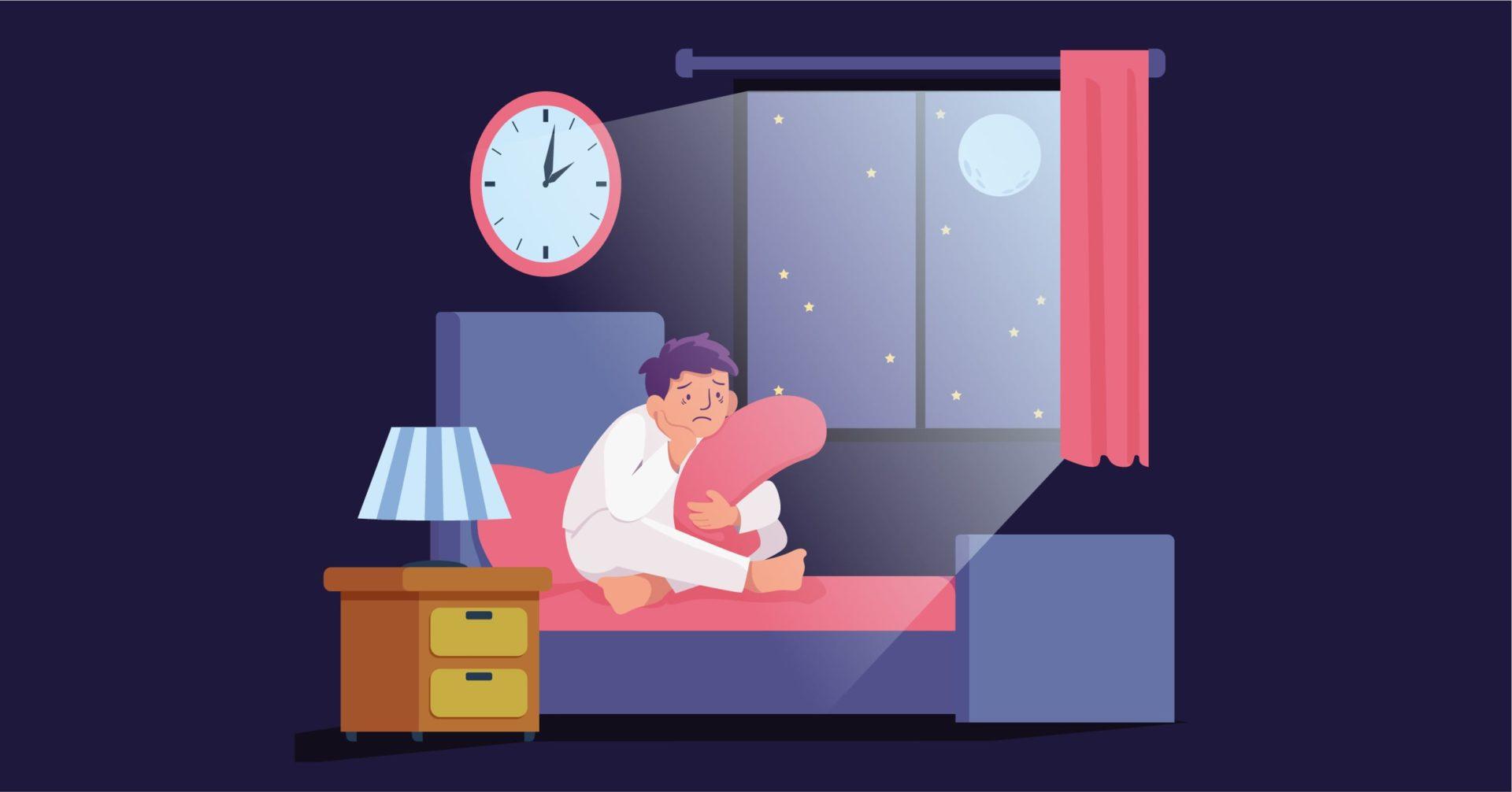Overview
Sedative, Hypnotic, or Anxiolytic medication may be prescribed for a range of conditions including insomnia and anxiety disorders, and include substances such as benzodiazepines and benzodiazepine-like substances, carbamates, barbiturates, and barbiturate-like hypnotics.
While these substances are widely prescribed for medical use, they may also be use illicitly. In both cases, it is possible that individuals may use significant amounts of these substances chronically.
The cessation or reduction in use of these substances can lead to withdrawal symptoms, which can cause both physical and psychological changes, resulting in distress.
Various factors are responsible for determining the presence and severity of withdrawal symptoms. Acute treatment may be provided for withdrawal syndrome, and long-term management is suggested.
Signs and Symptoms
The signs and symptoms of Sedative, Hypnotic, or Anxiolytic Withdrawal follow a cessation of or a significant reduction in the use of sedative, hypnotic or anxiolytic substances after their chronic use and can include:
- Increased heart rate
- High blood pressure
- Increased respiratory rate
- High body temperature
- Sweating
- Shaky hands (tremors)
- Insomnia
- Nausea or vomiting
- Hallucinations (seeing, hearing, or feeling things that aren’t there)
- Psychomotor agitation
- Grand mal seizure
Risk Factors
Sedative, hypnotic, and anxiolytic substances include benzodiazepines, which are commonly used as anti-anxiety medication, as well as carbamates, barbiturates, and barbiturate-like hypnotics.
Sleeping medications and anti-anxiety medications that are prescribed for use fall under this category of substances.
While sedative, hypnotic, and anxiolytic substances are commonly prescribed for medical use, individuals may also use them illicitly. The prevalence of Sedative, Hypnotic, or Anxiolytic Withdrawal is unclear.
The risk of experiencing withdrawal usually depends on duration of use. Individuals who have been chronically using sedative, hypnotic, and anxiolytic substances are more likely to face withdrawal symptoms.
Individuals who have comorbid psychiatric or medical illnesses may deal with more severe manifestations of withdrawal symptoms.
There is a multiplicity of factors determining the manifestation of withdrawal, in terms of symptoms observed, duration, as well as severity of withdrawal.
Studies suggest that larger amounts of sedatives, hypnotics, and anxiolytics taken over a longer period of time prior to cessation is most likely to lead to severe withdrawal.
The specific substance can also have an influence on the timing and severity of withdrawal, in that in the case of shorter-acting substances, withdrawal may begin sooner, while in the case of long-acting metabolites, withdrawal symptoms may be observed after 1-2 days.
Additionally, older age at time of cessation may also be associated with severe withdrawal symptoms. Various individual differences also come into play, such as individual temperament, life events, stressors, social support, and so on.
Diagnosis
A thorough clinical history is instrumental in accurately diagnosing Sedative, Hypnotic, or Anxiolytic Withdrawal, as the withdrawal symptoms for all sedatives, as well as the withdrawal symptoms for alcohol, are indistinguishable.
A clinical history includes important details such as prior use of the substance, psychiatric or medical comorbidities, dosage, and so on.
Trying to procure an accurate history from the patient themselves may be difficult due to the symptoms manifested, and may be unreliable; It is thus imperative to try and find a witness such as a family member, close friend, or roommate, as well as from medical professionals who have been involved with the patient, who can provide a concurrent history.
Certain physical tests, including pulse oximetry, blood pressure, respiratory circulation, and vital tests may be carried out.
The DSM-5 provides the following criteria for the diagnosis of Sedative, Hypnotic, or Anxiolytic Withdrawal:
- Cessation of (or reduction in) sedative, hypnotic, or anxiolytic use that has been prolonged.
- Two (or more) of the following, developing within several hours to a few days after the cessation of (or reduction in) sedative, hypnotic, or anxiolytic use described in Criterion 1:
- Autonomic hyperactivity (e.g., sweating or pulse rate greater than 100 bpm).
- Hand tremor.
- Insomnia.
- Nausea or vomiting.
- Transient visual, tactile, or auditory hallucinations or illusions.
- Psychomotor agitation.
- Anxiety.
- Grand mal seizures.
- The signs or symptoms in Criterion B cause clinically significant distress or impairment in social, occupational, or other important areas of functioning.
- The signs or symptoms are not attributable to another medical condition and are not better explained by another mental disorder, including intoxication or withdrawal from another substance.
Treatment
Withdrawal symptoms can be distressing to deal with, and may increase the risk of relapse and make cessation of use of substances difficult. Appropriate management modalities must be undertaken in accordance with the specific substance used.
In case of withdrawal from benzodiazepines and barbiturates, a detoxification process is generally carried out by identifying or estimating the daily intake of the substance and substituting it with an equivalent dose of diazepam.
While diazepam in itself is an anxiolytic, it is considered to be safer to use as its effects are not considered to lead to significant respiratory depression, and it has been associated with low tolerance upon chronic use. Dosages are usually tapered over a period of time in order to effectively manage withdrawal.
Along with acute treatment, long-term treatment is vital. Psychosocial interventions are considered to be particularly effective, including Cognitive Behavioral Therapy and relaxation techniques.
According to the individuality of the case, different treatment modalities may work for different people. Depending on the origin of use, patients may opt for varying forms of psychosocial intervention.
In case of non-medical illicit use, individuals may also find help from support groups or 12-step programs.
Differential Diagnosis
1. Other medical disorders: The symptoms of sedative, hypnotic, or anxiolytic withdrawal may be similar to other medical conditions. If seizures are a feature of the sedative, hypnotic, or anxiolytic withdrawal, the differential diagnosis includes the various causes of seizures.
2. Essential tremor: Essential tremor, a disorder that frequently runs in families, may erroneously suggest the tremulousness associated with sedative, hypnotic, or anxiolytic withdrawal.
3. Alcohol withdrawal: Alcohol withdrawal produces a syndrome very similar to that of sedative, hypnotic, or anxiolytic withdrawal.
4. Other sedative-, hypnotic-, or anxiolytic-induced disorders: Sedative, hypnotic, or anxiolytic withdrawal is distinguished from the other sedative-, hypnotic-, or anxiolytic induced disorders because the symptoms in the latter disorders are severe enough to warrant clinical attention.
5. Anxiety disorders: Recurrence or worsening of an underlying anxiety disorder produces a syndrome similar to sedative, hypnotic, or anxiolytic withdrawal. Withdrawal would be suspected with an abrupt reduction in the dosage of a sedative, hypnotic, or anxiolytic medication.
Specialist
Primary healthcare providers may be involved in the initial treatment of Sedative, Hypnotic, or Anxiolytic Withdrawal.
The patient is likely to be referred to psychiatrists, clinical psychologists, or rehabilitation counsellors on the basis of comorbidities or pattern of use determined by the clinical history.





